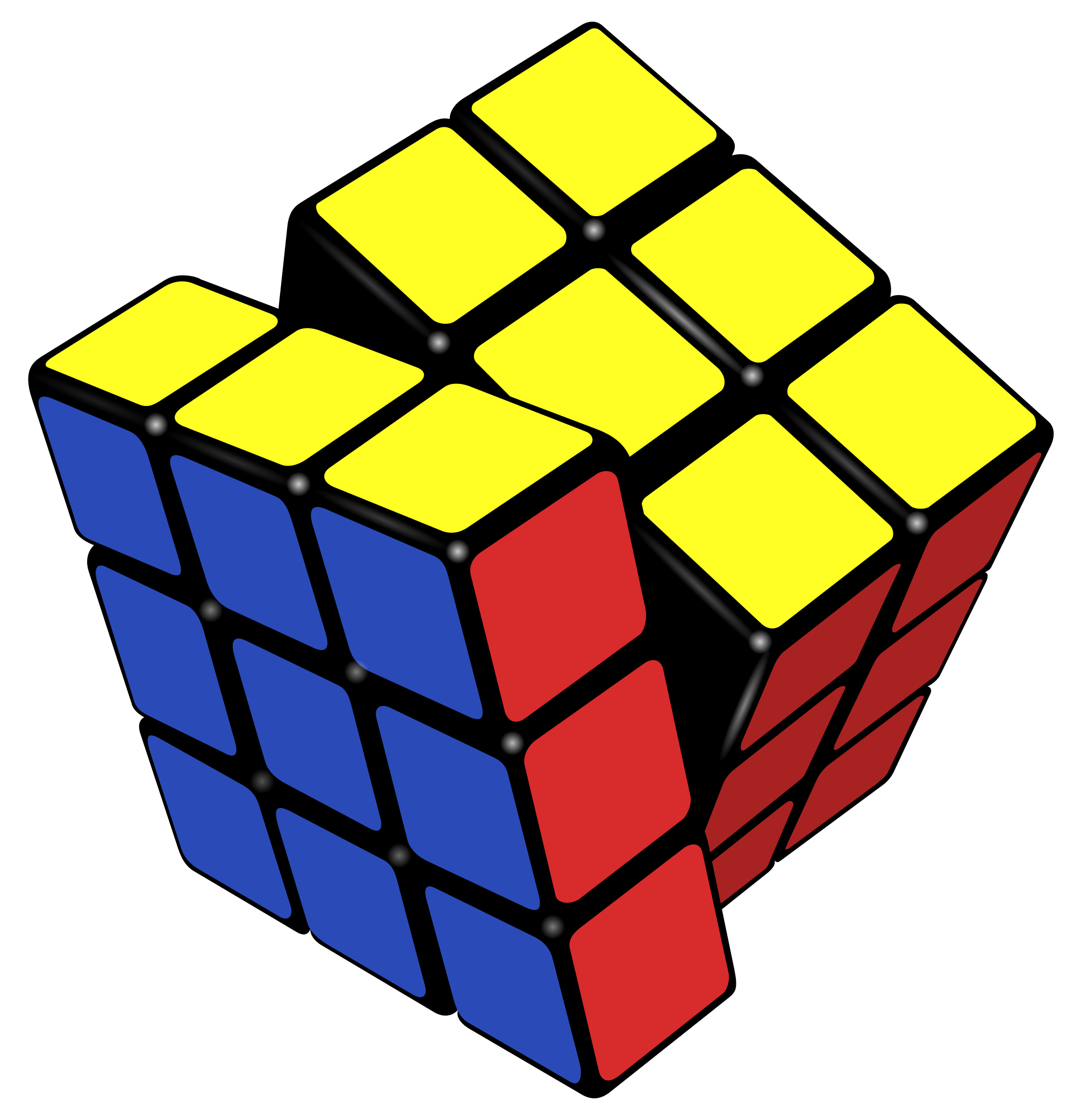No picture today, just a question. Like, my brain doesn’t work well when I gotta keep the center squares fixed in place, I’m almost always rotating the cube around.
Adding dice dots to it totally throws off the conventional algorithms, but in a good way. Often I’ll use green or blue as my top side, but other times I’ll use white or yellow as my top side. It just depends on the puzzle.
And yes I’m a wrist turner.
Previous post reference:


Not sure if I completely understand your question, and how this would affect dice patterns, but I think you’re looking for the advanced notation here.
For rotations, just use x, y, & z moves from a fixed orientation (most people start with White on Top & Green in Front) or specify the center colors directly. Just mentioning the color on top isn’t enough info btw.
Actually, for the valid dice dot patterns, yes indeed it’s sufficient to just state the top color. The sequences of moves work in basically any orientation, as long as the top and bottom colors are known, the side colors can be pretty much anywhere.
The reason this basically works is that opposing sides of a cube are similar colors, white/yellow, blue/green, and red/orange. And the opposing sides of a die always add up to 7 - 1/6, 2/5, 3/4. And basically all the legit dice series pretty much exclusively uses x2 turns.
Yellow just happens to be the odd one out, as it’s the only side that has 2 edge dots, all the rest of the dots are either in the centers or corners.
So basically, the most proper dice series pretty much always has either solids, crosses, or checkerboard sides, the only real catch is making sure not to end up with a 0/7 because of that goofy yellow side.
But even with that said, there’s still way more convoluted permutations to the proper dice series and other nifty dot patterns to be found.